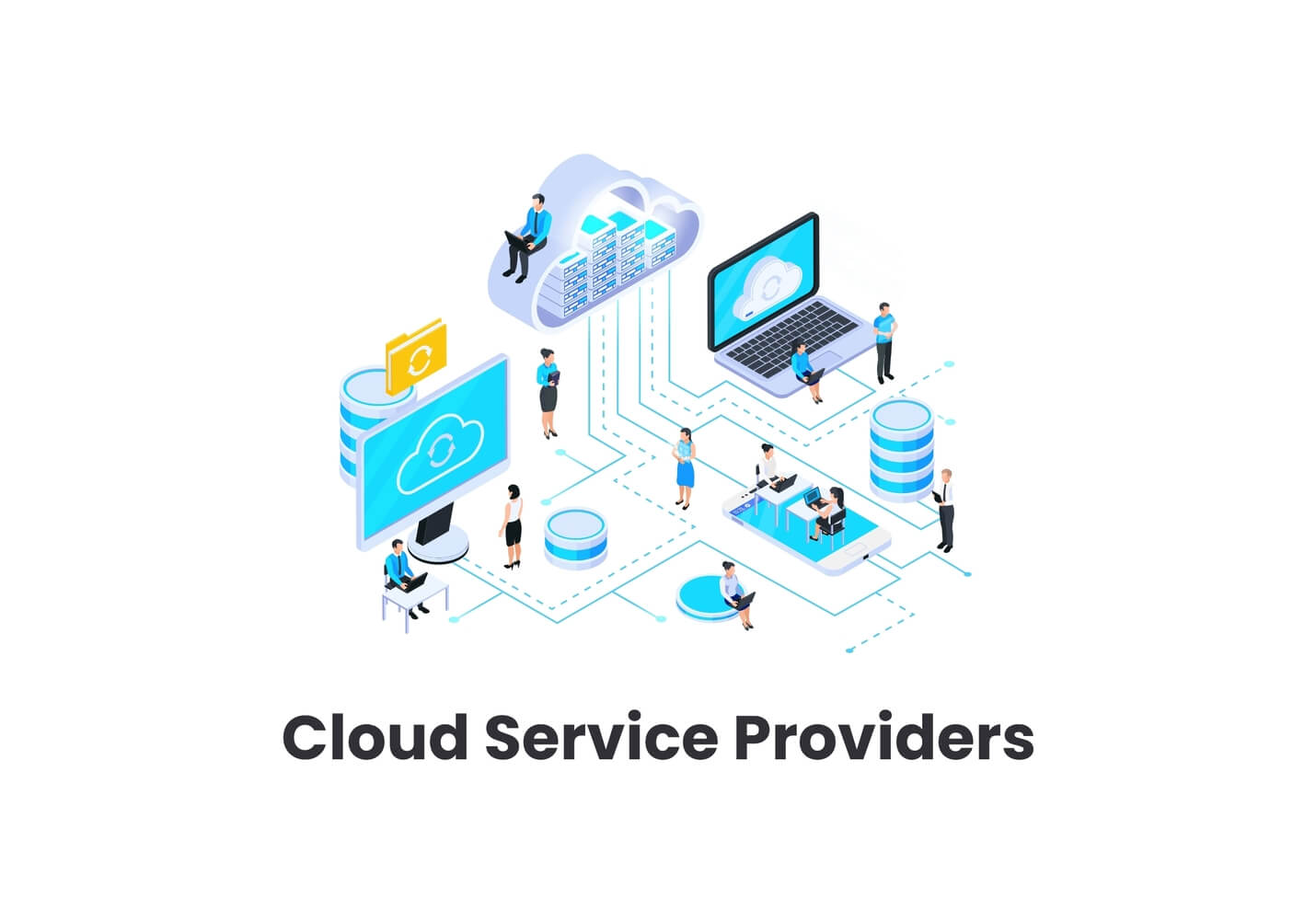Mastering LinkDaddy Cloud Services: The Ultimate Guide to Cloud Services Press Release Methods
Mastering LinkDaddy Cloud Services: The Ultimate Guide to Cloud Services Press Release Methods
Blog Article
Simplify Your Infrastructure With Cloud Services
As companies browse the ever-evolving landscape of technology and information monitoring, the function of cloud solutions in simplifying infrastructure has actually become increasingly famous. The attraction of streamlined processes, boosted effectiveness, and improved source appropriation via cloud solutions is obvious. The journey towards a more agile and affordable IT framework includes even more than simply moving to the cloud. It calls for a calculated approach and a deep understanding of the subtleties of cloud fostering. How can companies successfully navigate this transition and genuinely open the potential of cloud services for streamlining their infrastructure?
Advantages of Cloud Provider
Cloud solutions supply a structured approach to managing IT infrastructure, offering businesses with cost-efficiency, flexibility, and scalability. Among the crucial benefits of cloud solutions is the scalability they use. Businesses can quickly scale their sources up or down based on demand, ensuring they only pay for what they use. This adaptability is especially advantageous for services with rising and fall demands or those experiencing growth.
Furthermore, cloud services remove the demand for organizations to invest in costly hardware and software. This cost-efficiency is a substantial benefit, specifically for small to medium-sized business looking to lessen ahead of time costs. By utilizing cloud services, services can access high-grade IT sources without the large cost related to standard infrastructure configurations.
In addition, cloud services supply services with the adaptability to access their information and applications from anywhere with an internet connection. This level of ease of access enhances partnership among groups, allows remote job, and increases total performance. The flexibility offered by cloud solutions equips organizations to adjust swiftly to changing market conditions and client demands.
Price Financial Savings and Scalability
Along with the functional advantages highlighted previously, the combination of cloud solutions into a company's facilities brings forth substantial expense savings and boosted scalability. Cloud services offer a pay-as-you-go model, enabling organizations to range resources up or down based upon present needs, thus preventing the expenses connected with preserving excess ability. This adaptability makes it possible for business to adapt quickly to rising and fall needs without sustaining unnecessary expenditures.
Moreover, cloud solutions get rid of the demand for in advance financial investments in equipment and software, decreasing capital expenses. Business expenses are also decreased as business no more require to take care of and preserve physical servers, bring about reduced energy consumption and IT staffing costs. Additionally, cloud services provide automatic updates and upkeep, guaranteeing that the infrastructure remains safe and secure and updated without needing hands-on interventions.
Improved Safety And Security Steps
Implementing rigorous protection procedures is critical when incorporating cloud services right into a business's facilities to make sure and protect delicate data compliance with industry regulations. Cloud solution companies provide boosted safety features such as data file encryption, firewall software security, and multi-factor authentication to minimize cybersecurity threats.
Moreover, Continue regular security audits and conformity assessments aid determine vulnerabilities and make certain adherence to sector criteria. Business can also gain from functions like computerized safety and security updates and real-time danger surveillance given by cloud solution providers. By focusing on protection measures and important link staying proactive in resolving potential risks, companies can confidently utilize cloud services while shielding their important information from unapproved access or violations.
Transitioning to Cloud Infrastructure
To efficiently integrate cloud services right into a business's framework, an organized technique that addresses the change in the direction of cloud-based solutions is vital. Transitioning to cloud framework involves cautious preparation and implementation to ensure a smooth movement process. The initial step is to evaluate the existing infrastructure and establish which systems and applications appropriate for movement to the cloud. This assessment must think about elements such as information sensitivity, conformity needs, and performance needs.
Once the analysis is total, a migration approach ought to be created. This strategy ought to detail the timeline, resources, and duties for moving each part to the cloud. It is necessary to connect this strategy clearly to all stakeholders to guarantee positioning and minimize disruptions throughout the shift.
During the migration testing, process and surveillance are essential to determine and address any kind of issues immediately. Regular checkpoints should be developed to track progress and make needed changes. Furthermore, training for staff members on utilizing cloud services should be provided to guarantee an effective transition and optimize the advantages of the brand-new facilities.
Finest Practices for Cloud Adoption
Effective adoption of cloud solutions hinges on the calculated alignment of organization goals with technical abilities and organizational readiness. To guarantee a smooth shift to the cloud, companies must begin by performing a comprehensive assessment of their present framework and recognizing which work are best matched for cloud migration. It is crucial to include vital stakeholders from different divisions in the decision-making process to acquire buy-in and deal with any type of problems early on.
One more finest technique for cloud adoption is to prioritize security and conformity. Organizations needs to very carefully examine the safety procedures supplied by cloud company and make certain that their information is secured according to market standards and regulative needs. Implementing robust information security, access controls, and regular protection audits can help minimize risks connected with cloud fostering.

Verdict

As businesses browse the ever-evolving landscape of innovation and data monitoring, the role of cloud solutions in streamlining facilities has actually come to be progressively prominent - linkdaddy cloud services. Exactly how can companies efficiently browse this transition and really open the potential of cloud services for streamlining their infrastructure?
Cloud services offer a structured technique to managing IT facilities, offering services with versatility, cost-efficiency, and scalability. By using cloud services, services can access top quality IT resources without the hefty price tag associated with traditional facilities arrangements.
To make certain a smooth change to the cloud, organizations must begin by performing a comprehensive evaluation of their current framework and recognizing which workloads are best fit for cloud movement.
Report this page